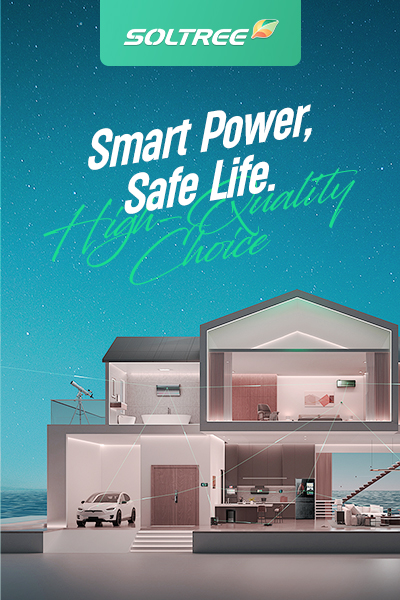Power surges that happen out of the blue can silently damage sensitive devices in homes and businesses today. Without the right protection, one voltage spike could ruin thousands of dollars’ worth of equipment.
An electrical safety device called a Surge Protective Device (SPD) keeps sensitive electronics safe by sending extra voltage away from them. This stops harm from lightning, switching, or power problems.
SPDs are not merely technological extras; they are necessary for keeping homes, offices, and businesses running smoothly. We’ll talk about their parts, how they work, their technical specs, and how to install them in the next sections so you may choose the proper option with confidence.
SPD: Components and Working Principle
Power surges can happen at any time, putting important systems at risk of severe damage or downtime. Even a tiny surge might create expensive failures if there isn’t good protection.
An SPD protects downstream electronics by using parts including MOVs, fuses, and indicators to absorb, redirect, and signal dangerous surges.
What the Key Parts Mean
- MOVs (Metal Oxide Varistors) :change their resistance based on the voltage levels.
- Fuses: Stop dangerous currents and keep MOVs safe.
- Indicator lights: show the current state of the device’s health.
MOVs quickly drop resistance when a surge enters the circuit, making a safe path to ground. The surge is sent in a different direction, letting only regular electricity through to your gadgets.

Key Specifications
To protect electrical equipment, you need to know what SPDs can and can’t do. If you don’t follow the instructions, your gadgets could not work as well or at all during surges.
The SPD specs list the nominal current (In), the maximum discharge current (Imax), the impulse current (Iimp), the protection level (Up), and the continuous operating voltage (Uc).
How to Understand Ratings
| Specification | Meaning |
|---|---|
| In | Continuous nominal discharge current |
| Imax | Maximum short-duration discharge current |
| Iimp | Impulse current capacity (lightning tests) |
| Up | Maximum voltage at SPD terminals during operation |
| Uc | Highest continuous operating voltage tolerated |
Type 1 SPD
Lightning strikes can damage buildings or electricity systems directly, causing huge surges. Infrastructure and electronics are at a lot of danger without strong protection.
Type 1 SPDs guard against lightning strikes that hit directly and are tested with 10/350 µs current waves according to IEC Class I specifications.
They are usually put in at the main distribution level, and places that are in high-risk lightning areas generally need them. They are the first line of defense and deal with the most energy.
Type 2 SPD
Even if lightning doesn’t hit directly, surrounding strikes can create electromagnetic fields that cause big surges in electrical systems.
Type 2 SPDs keep electrical systems safe from lightning strikes that happen indirectly. They are tested with 8/20 µs waveforms according to IEC Class II requirements.
These are the most popular SPDs used in homes and businesses. They are commonly put in sub-distribution panels. They cut down on the residual surges that happen after Type 1 protection, making sure that voltage levels are safer downstream.
Type 3 SPD
Even minor residual surges can hurt sensitive devices like computers, servers, and medical equipment.
Type 3 SPDs protect sensitive loads in a specific area. They were tested with 1.2/50 µs and 8/20 µs waveforms according to IEC Class III requirements.
They are frequently positioned near the end devices, like wall outlets or places where equipment can be plugged in. In a layered defense system, Type 3 SPDs work with Type 1 and Type 2 protection.
Cautions When Installing SPD
If surge protection is not installed correctly, it might defeat its function and leave equipment vulnerable even while devices are in place.
SPDs must be installed in parallel before protected devices. The wires that connect them must be less than 0.5 meters long and be installed by certified electricians.
Best Practices
- For full protection, use Type 1, Type 2, and Type 3 together.
- Make sure the grounding is right to make sure the surge current goes away.
- Follow the rules for electrical work in your area and hire trained installers.
A layered strategy makes sure that surges are securely released at several points, which lowers the risk to important systems.
Conclusion
A Surge Protective Device (SPD) is not just a technological attachment; it is a vital way to protect against harmful overvoltages that might happen during lightning strikes, switching, or grid problems. Decision-makers can build layered protection plans for homes, businesses, and industries by learning how it works, what its standards are, and what its types are (Type 1, Type 2, and Type 3). For something to work, it must be installed correctly and follow the rules. In the end, SPDs make sure that precious equipment is secure, reliable, and lasts a long time. This makes them an important aspect of modern electrical systems.



